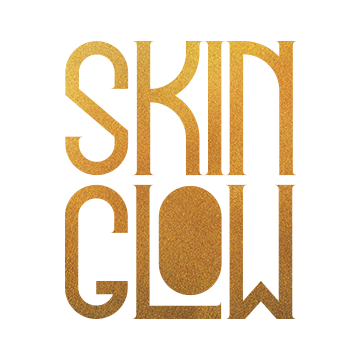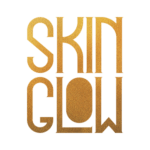
What is acne?
Acne has a very high prevalence of almost 90% among adolescents and persists into adulthood in approximately 15% of cases with psychological and social implications of high gravity.
All body areas with high concentration of pilosebaceous glands are involved, but in particular the face, back and chest. It is a skin condition characterised by comedones (blackheads and whiteheads), papules and pustules (pus-filled spots), cysts and nodules.
Inflammatory acne lesions can result in permanent scars, the severity of which may depend on how soon the acne is treated and any delays in treating this condition might cause severe scarring.

What is a scar?
Scarring is the process by which wounds are repaired. Scars occur when tissues have been significantly damaged and repaired and can occur after physical trauma or as part of a disease process. Damage to the deeper layer of the skin, the dermis, is required to produce a scar. Damage to the epidermis, the most superficial layer of skin, will not always produce a scar. Scars produce a structural change in the deeper layers of the skin which is perceived as an alteration in the architecture of the normal surface features. It is not just a change in skin colour. Foetal tissues and mucosal tissues have the ability to heal without producing a scar. Understanding how and why this is possible could lead to better surgical scar outcome.
Poorly controlled wound healing can result in thick, unsightly scars that cause symptoms. There is a genetic predisposition in some people to produce thicker, itchy, enlarging scars called hypertrophic or keloids scars.
Scarring in areas of increased skin tension or movement tend to be unsightly. When wounds are produced surgically, physicians utilize techniques to minimize scarring.
What’s the best treatment?
Acne and acne scars are stubborn and no single treatment is best for everyone. Various methods may help improve your complexion and appearance.
At SkinGlow Clinic our highly trained aesthetic therapists may suggest one or a combination of these treatments which are personalized for each our clients’ needs.
• Microdermabrasion and hydradermabrasion. These procedures involve removing the top layer of skin with a rapidly rotating diamond tip or by using water as the exfoliating medium, respectively. Active acne spots and surface scars may be completely removed, and deeper acne scars may appear less noticeable.
• Bespoke facials and chemical peels. We offer a bespoke combination of medical grade facials containing anti-inflammatory cosmeceuticals and antiacne chemical peels suitable for different skin types, that will reduce patchy, uneven texture, active acne lesions, but also treat scarring. A high-potency acid is applied to your skin to remove the top layer, unclog pores and minimize deeper scars.
• Microneedling. This device involves using adjustable, disposable microscopic needles over the skin to stimulate underlying tissue to produce new collagen, to repair scarred skin and reduce acne lesions. It’s a safe, simple and possibly effective technique for acne and acne scarring. The results are promising but you may need to repeat this treatment in order to see effects.
• LED. A non-invasive light emitting diode technology used for facial and body acne to combat active acne in both men and women, help calm the skin, diminish post inflammatory hyperpigmentation and improve the appearance of acne scarring
• Other energy-based procedures
Pulsed light sources and radiofrequency devices help make scars less noticeable without damaging the outer layer of skin. Results are promising but you may need to repeat the procedure.
• Laser resurfacing and other fractional systems.
This is a skin procedure that uses a laser to improve the appearance of your skin.

